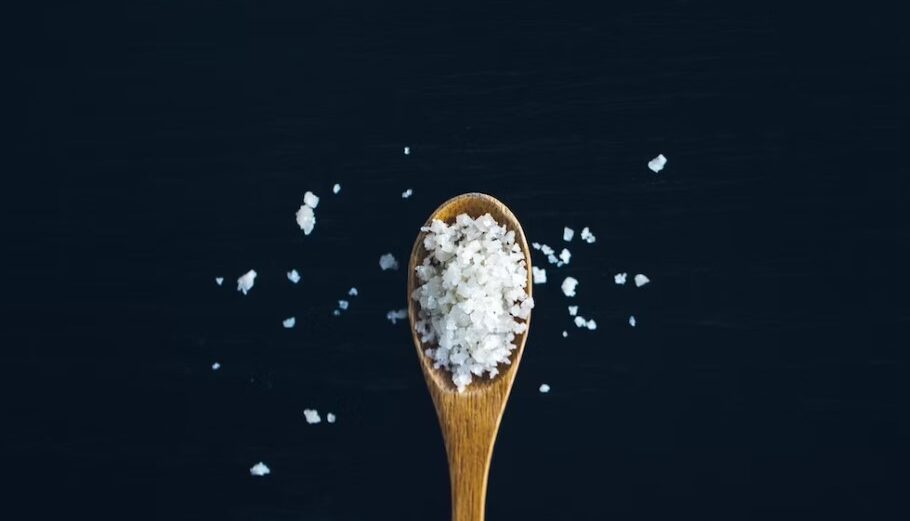Brining is a popular technique used to impart both flavor and moisture to meat, particularly chicken breast, which has a tendency to become dry if not cooked properly. Both wet and dry brining essentially revolve around the use of salt to enhance the meat’s attributes, but their methods differ.
Here’s a breakdown of both techniques and the science behind why they work:
Wet Brining
Method: Wet brining involves submerging the chicken breast in a solution of salt and water, often with added sugars, herbs, and spices for flavor. The meat is left to sit in this brine for a certain period, usually hours to days, depending on the size of the meat and the desired outcome.
How It Works:
- Osmosis: At a cellular level, the meat’s cells naturally try to equalize the salt concentration between the inside and outside of the cell. This causes the cells to absorb the salty water from the brine.
- Protein Denaturation: The salt in the brine also causes the proteins in the meat to unwind (denature). As these proteins unwind and then rebind, they trap water molecules. This makes the meat juicier and also helps it retain moisture during cooking.
Benefits:
- Increased Moisture: The meat absorbs the brine, leading to juicier results after cooking.
- Enhanced Flavor: Any herbs, spices, or sugars added to the brine can penetrate the meat, enhancing its flavor.
- Improved Texture: The denatured proteins can give the meat a slightly more tender texture.
Dry Brining
Method: Dry brining, also sometimes called “pre-salting,” involves applying salt (and sometimes additional seasonings) directly to the surface of the chicken breast. No water is added. The meat is then left to sit, typically refrigerated, for a period, which can range from hours to days.
How It Works:
- Moisture Extraction: Initially, the salt draws moisture out from the chicken through osmosis.
- Moisture Reabsorption: After a while, this extracted moisture dissolves the salt, creating a concentrated brine on the surface. This brine is then reabsorbed back into the meat, carrying the salt (and any added flavors) with it.
- Protein Denaturation: As with wet brining, the salt causes protein denaturation which helps in moisture retention during cooking.
Benefits:
- Enhanced Flavor: Since there’s no added water as in wet brining, the natural flavors of the chicken become more concentrated.
- Better Browning: Without the excess water on the surface, dry-brined meats often brown more effectively when cooked.
- Improved Texture: The meat remains moist, with its protein structure changed in a way that yields a more tender bite.
Why Both Methods Work:
Both wet and dry brining effectively utilize the power of salt to transform the meat’s texture and flavor profile. Salt, by its nature, interacts with proteins and water in meat in ways that can enhance both the juiciness and taste of the end product.
Whether you choose wet or dry brining largely comes down to preference, desired outcome, and convenience. Some people appreciate the additional flavors that can be imparted with a wet brine, while others prefer the concentrated flavors and crispier skin that can result from dry brining.
Regardless of the method, understanding the underlying science can empower any cook to achieve consistently better results with their chicken dishes.

